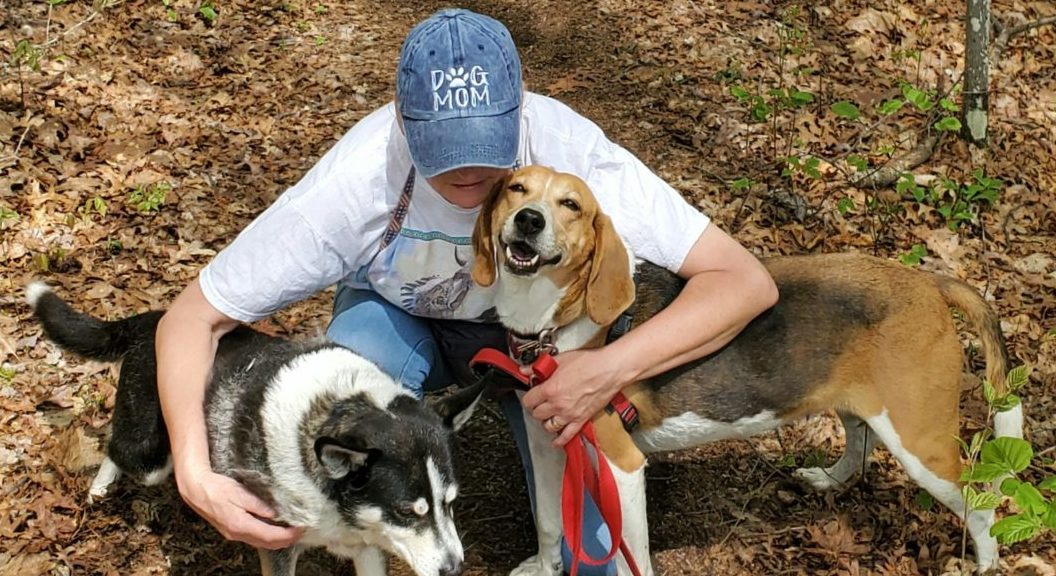This post first published on Care2.com

Our dog, Jason, shakes all over while in the waiting room at our animal hospital. It doesn’t take long, though, for our veterinarian to help him relax. She gets down on the floor beside him, talks in a soothing voice and offers him a treat. Jason can never resist treats, and before long his tail starts to wag.
While our veterinarian’s bedside manner is extremely important to us, it’s not the only thing we take into account when choosing an animal hospital. We also look to make sure that the hospital is accredited by the American Animal Hospital Association (AAHA).
Not all animal hospitals are accredited. According to the AAHA, nearly 60 percent of pet owners think their pet’s veterinary hospital is accredited when it is not. In fact, only about 3,700 (12-15 percent) of animal hospitals in the United States and Canada are accredited.
Here’s why choosing an AAHA accredited animal hospital is important.
WHAT IS AAHA ACCREDITATION?
Unlike human hospitals, animal hospitals are not required to be accredited. According to ConsumerAdvocate.org, lack of accreditation doesn’t mean that a veterinary practice is providing sub-par health care. However, it does mean that the practice hasn’t been measured against the AAHA’s approximately 900 standards to achieve accreditation. The article states:
“The process of accreditation is challenging and rigorous. It is also voluntary and not guaranteed. When a veterinary facility steps up to become accredited, they’re making a proclamation that they’re committed to excellence. “
According to the AAHA, its Standards of Accreditation are continuously reviewed and updated to keep practices on the cutting edge of veterinary excellence. To maintain accredited status, hospitals undergo comprehensive on-site evaluations every three years.
“Veterinary medicine is always evolving and improving,” said Heather Loenser, AAHA’s senior veterinary officer, who was quoted in the consumeradvocaty.org article, “And as such, AAHA has to remain flexible, ready to challenge previous protocols and upgrade them to the latest recommendations.”
The AAHA has been accrediting veterinary practices since 1933. This accreditation serves two purposes:
- It recognizes and objectively certifies great veterinary practices, which is valuable to pet parents as they search for the best care for their pets.
- It helps good veterinary hospitals to become great ones by coaching their personnel and helping the practice to live up to its potential.
After applying to become accredited, a veterinary practice usually spends several weeks or months examining and fine-tuning its systems, processes and procedures to be sure every aspect meets AAHA’s standards of quality.
Continue reading “Is Your Pet’s Animal Hospital AAHA Accredited? Here’s Why it Matters”









 Photo courtesy of Clifton Animal Shelter
Photo courtesy of Clifton Animal Shelter 
 Mindi gives a high five during a clicker training session at Cat Depot. Her new family is continuing this training to provide Mindi with positive reinforcement.
Mindi gives a high five during a clicker training session at Cat Depot. Her new family is continuing this training to provide Mindi with positive reinforcement.